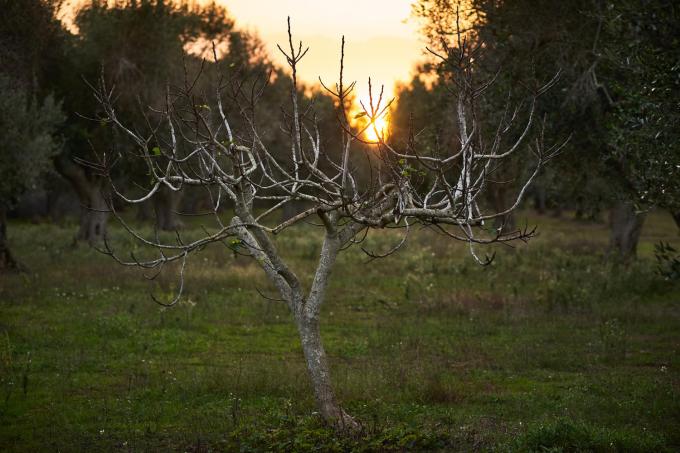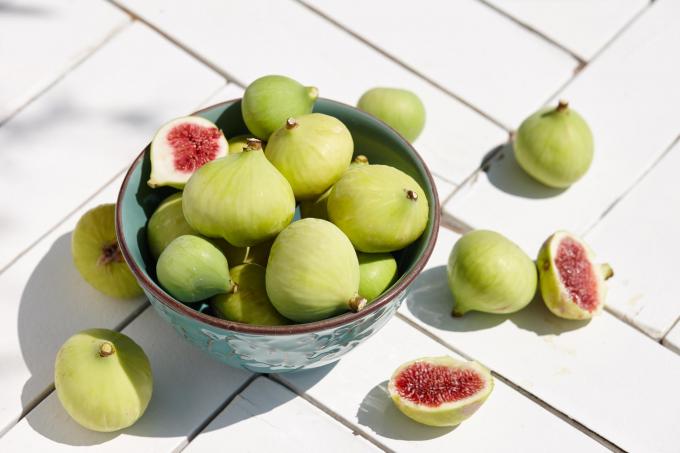AT A GLANCE
How to prevent worms in figs?
Worms in figs come from cherry vinegar flies, which lay their eggs in the fruit. By covering a fig tree with a fine-meshed insect protection net in early May, you prevent worm infestation in figs. Storage in the refrigerator and organic funnel traps prevent worms in fresh edible figs.
What worms can infest figs?
The most common worms in figs are the maggots cherry vinegar fly (Drosophila suzukii). The pest from the fruit fly family (Drosophilidae) has been spreading explosively in Central Europe since 2014 and affects all stone fruit and berries, including figs. Females lay their eggs in half-ripe and ripe figs with a toothed stinger, which then turn into gluttonous worms.
also read
Tiny worms in imported edible figs are roundworms of the nematode species Pristionchus borbonicus. The worms were only recently discovered on an island in the Indian Ocean.
How to prevent worms in figs?
Proven preventive measures against worms in home-grown figs are
insect protection net and Fleece covering of the tree disc. The best way to protect your figs from worms in the fruit bowl is to use a cool one storage or one funnel trap. More details in brief:- Cover the fig tree in the bed and tub with an extra fine-meshed insect protection net from the beginning of May.
- By the fig tree in the garden tree disc cover with fleece.
- Ideally, fresh figs should be stored in the refrigerator.
- Protect figs in the fruit bowl against worm infestation with a self-made or purchased funnel trap fruit flies.
Is the fig wasp to blame for worms in figs?
The fig wasp is not to blame of worms in figs, despite the particular fertilization. Commercially available edible figs come from the real fig (Ficus carica). For the pollination For its purely female flowers, the common fig is dependent on the pollen of a goat fig. Fig wasps are responsible for the transport. Female fig wasps enter the fruit, pollinate the inverted inflorescence, lay their eggs, die and decompose. Young fig wasps leave the fruit. Consequently, the figs do not contain maggots or residue from fig wasps.
Tip
Eating figs every day keeps you healthy
If figs are on the daily menu, health and well-being benefit. Figs are filling, digestive and cheer you up with their sweet, aromatic taste. The low-calorie superfood is high in fiber and healthy minerals like potassium, calcium and magnesium. Ideally, eat fresh figs with shell. Already 2 to 4 dried figs (40 grams) cover a third of your daily mineral requirement.








